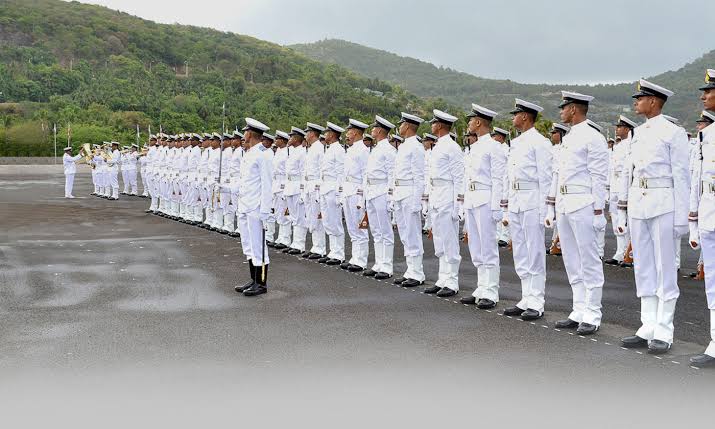On September 2, in the late afternoon, Indian Prime Minister Narendra Modi will commission the INS Vikrant aircraft carrier into service. After developing three nuclear-powered ballistic missile submarines on its own, India will demonstrate its capabilities and material technology to design and construct aircraft carriers with the commissioning. After September 2, the Indian Navy will have two carriers. INS Vikramaditya won’t be completely operational for another year and Vikrant won’t be by year’s end.
There is a need for the Indian Navy to establish its value with the current robust force before obtaining any bigger boy toys, even though the discussion about India’s having a third aircraft carrier with a larger capacity, capability, and operational radius has already begun. The Indian Navy is a force to be reckoned with in the Indo-Pacific region, with the ability to open the floodgates against any Asian nation due to its two aircraft carriers and fifty years of naval aviation experience. The Indian Navy must abandon its maritime diplomacy approach and be ready to engage the enemy on the open seas. It must switch from pure force projection to pure force application. Simply put, the Indian Navy needs to demonstrate its teeth since the conflict has moved from a simple blockade of Karachi harbour to the Indo-Pacific and against a foe determined to overthrow all norms in the pursuit of global dominance.
The Chinese ambassador to Sri Lanka made a brash and impolite statement in which he claimed that India had conquered the island nation 17 times throughout its history. One cannot simply dismiss the Chinese war dance in the Indo-Pacific and surrounding Taiwan as domestic Kabuki. Just like May 2020 in Ladakh, China is using force and asserting its existence as a dominant power on the international stage.
It only makes sense for the Indian Navy to want a third aircraft carrier if it can combat an enemy both close to home and far out in the Indo-Pacific. Spending billions of dollars to have a carrier strike force to defend the Arabian Sea or the Bay of Bengal is pointless. Airbases on India’s island territories and anti-ship ballistic missiles make it simple to guarantee this. Remember that the UK, previously a leading naval power with overseas territories, has two aircraft carriers, whereas France, which also has overseas territories, only has one aircraft carrier strike force. With China being the new kid on the naval aviation block, neither Japan nor Germany have any aircraft carriers. The US is the only significant participant in this game, and as China poses a threat to both the US and India in the Indo-Pacific, their strategic interests coincide there.









